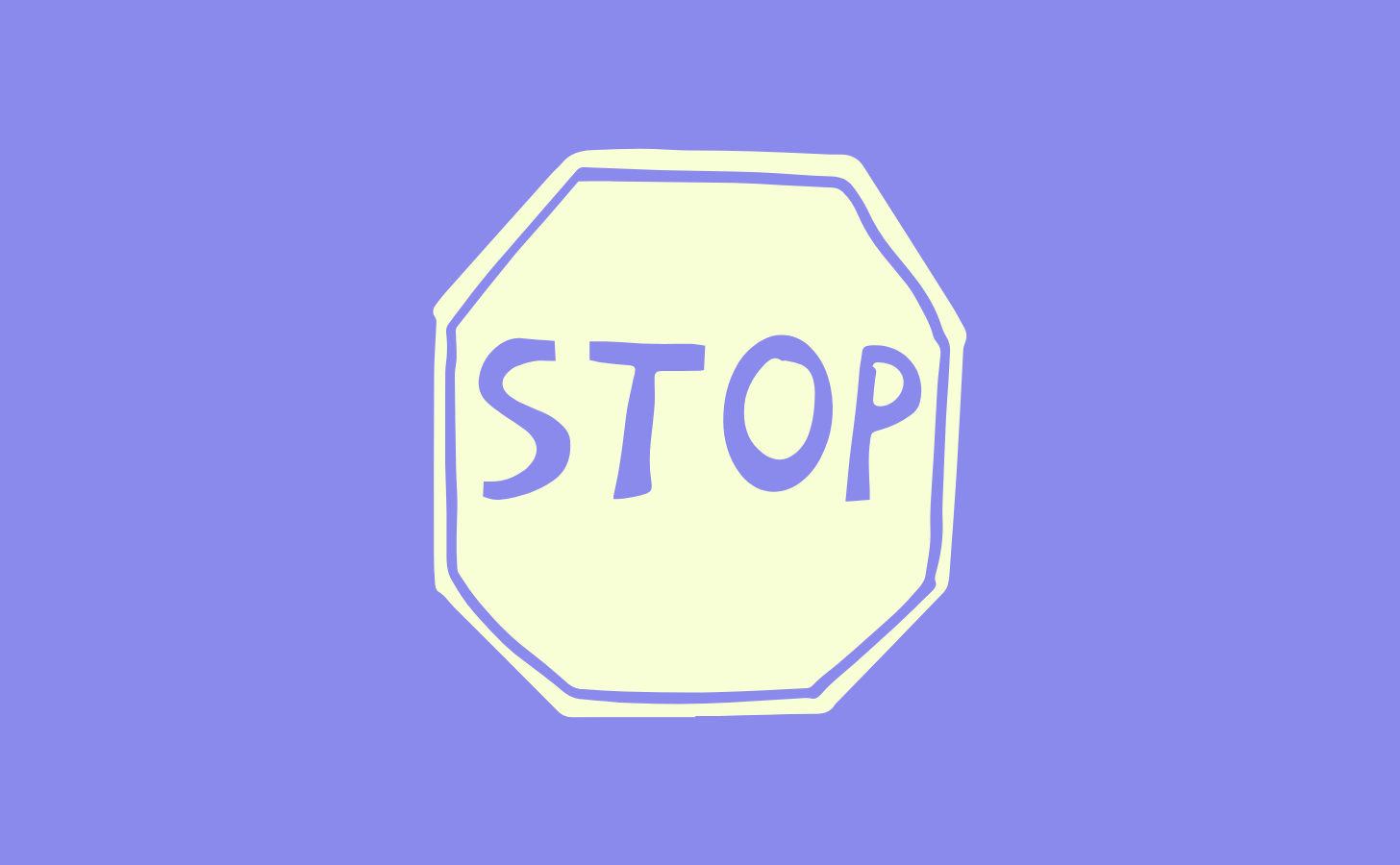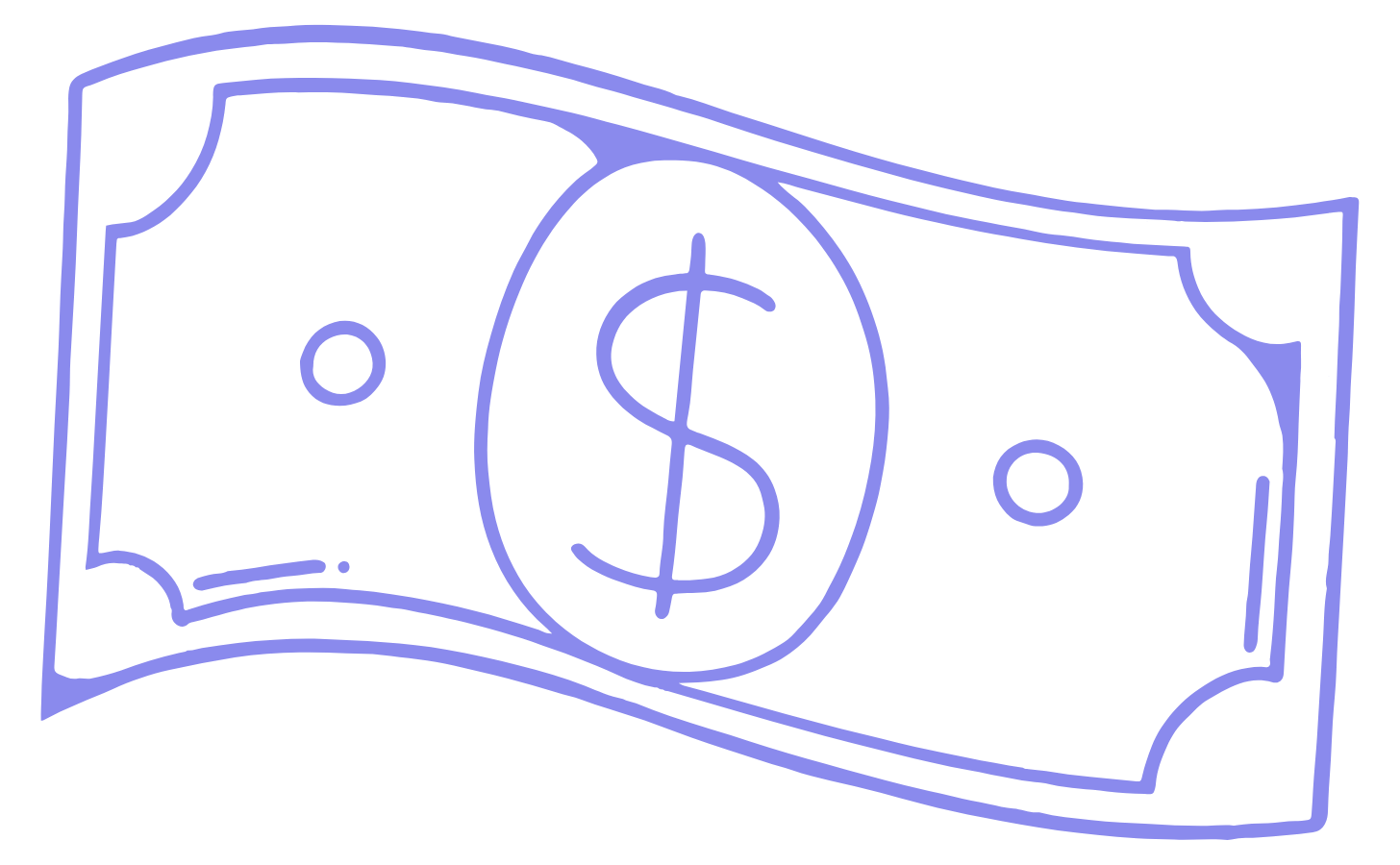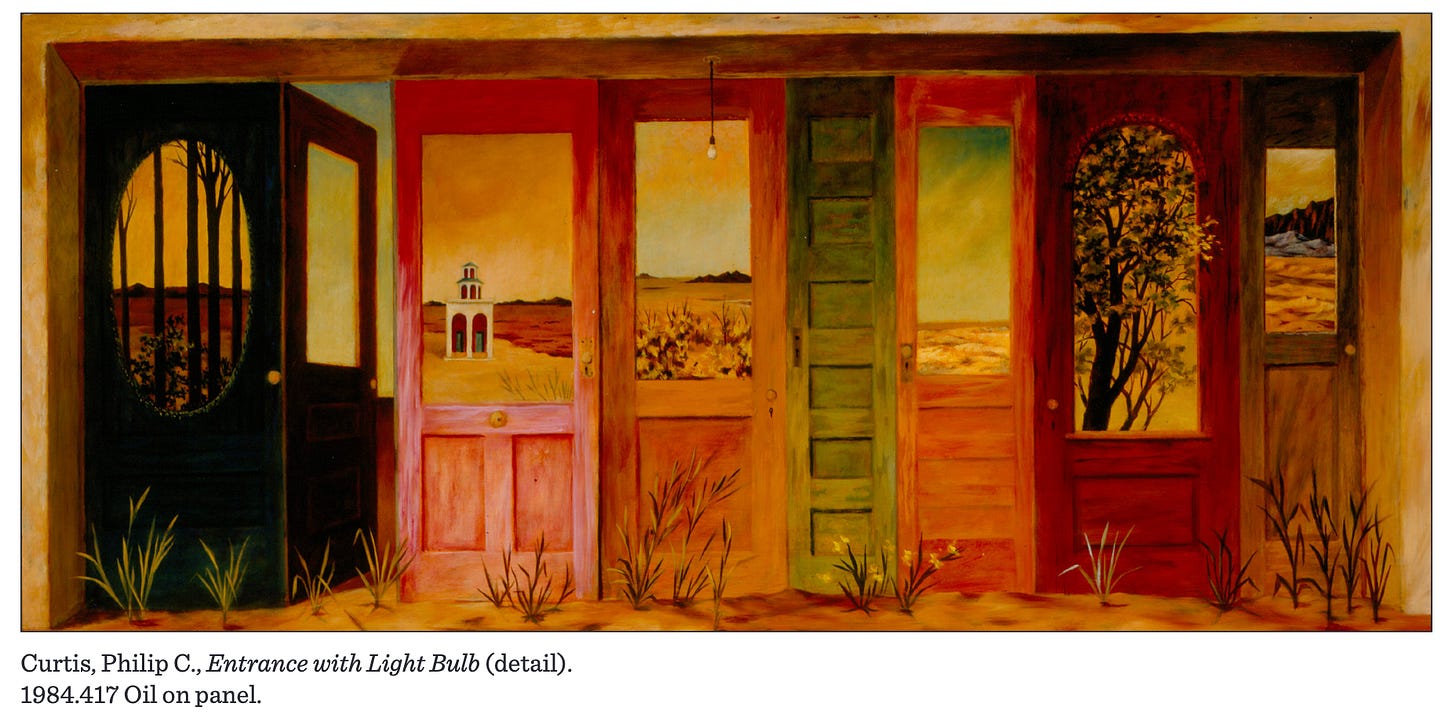5 cons to consider before freelancing full-time
The freelance life can be a joyful one, but you'll want to have a plan to address each of these pitfalls.
This is a reworked issue of the Freelance Series, my now-retired, paywalled newsletter section about freelancing in a happy, healthy, and sustainable way. While most issues of the Freelance Series didn’t make sense to share with a wider audience, a couple did, and today’s post is one of them! I hope you find it insightful, whether you’re considering a full-time freelancing career or you’re looking for juicy deets on the lifestyle.
I don’t currently freelance full-time, but I did for a few years before joining my new employer as a part-time employee. During those three years of working for myself, I learned firsthand how starkly self-employment differs from traditional employment. Few of the surprises I ran into were documented in the myriad blog posts I’d read about what people “wished they’d known” before freelancing, and many times, those posts shared an ugly “crab in a pot” mentality: If I had to fail at this, you probably will, too. Still others were merely aimed at selling courses that promised $10k months and the ability to work from the beach. (I still don’t understand how anyone is willing to risk sand in their laptop, but okay.)
So why am I writing this, if the market for “don’t start freelancing full-time until you consider this” articles is already saturated? Because most of the stuff I read was very surface-level. It addressed people who had likely spent little time truly thinking about how to make a freelance career work for them. Therefore, it went over the basics: save up a financial safety net before making the jump, look for health insurance, set aside money for taxes, et cetera.
None of these posts prepared me for the smaller and more subtle ways in which freelance life could be a challenge. This issue of Creativity Under Capitalism, then, is my way of lovingly turning to aspiring freelancers and saying: This life is a beautiful one, but it has its oddities. Let me help you prepare for them so you can succeed.
Let’s take a look.
All of your full-time employee benefits will disappear—not just the health insurance.
This is perhaps the most obvious one, but it still bears saying: There are no paid days off in freelancing. That includes both vacation time and sick time. Whether you’re taking a long weekend to attend a destination wedding or you’re logging off for a month to recover from surgery, you will not receive money for those unworked days, potentially leaving a huge gap in your budget for that week/month/year. (See the next con for more on this.)
When I first started freelancing, I put money into my own personal “PTO bank” every month so that I’d have something to pull from after taking time off. Eventually I made enough money that taking a couple days here and there wasn’t a big deal, but I still saved up for big vacations, which could cost me 25% or more of my monthly income.
Think about any other benefits you might receive from your full-time job, if you have one. Do you get a regular wellness stipend? An HSA or FSA? A 401k match? All of those will go poof! the moment you switch to freelancing full-time, so you’ll want to set up your own wellness or retirement prep.
The money you make could arrive weeks—or months—after the work is done.
The fastest I’ve ever been paid as a freelance writer is two weeks after I’d completed a project—and that’s because I was working one-on-one with a client, who paid me directly through my own invoicing software. The amount of time between work and pay stretches much farther when it comes to publications, which pay freelancers on their own schedules and therefore take 30 to 45 days to fulfill invoices. This means work you do on April 1 might not yield any actual, usable money until as late as May 15.
You might have to convince some people that freelance work is still work, no matter how flexible. (Or you’ll have to be okay with them thinking otherwise.)
Like I said before, no one in my personal life freelances full-time. While most of my friends and family members understand that freelance work is still work, just with a lot more control and flexibility involved, a few others appear to have a tough time understanding that I’m not getting paid to mess around all day. It’s up to you whether it’s worth convincing folks that your work is just as valid as theirs.
You will be tempted to work on your days off.
Without business hours or a shift schedule dictated by someone else, it’s all too easy to answer an editor’s email while you’re in line for coffee on your day off, or to pick up a client’s phone call when you’re hanging out with family. But failing to clearly differentiate work time from leisure time quickly leads to burnout. It’s on you to set boundaries with clients so that you get the joyful or restful time you need—contrary to popular belief, freelancers do not have to be “always on,” but you’ll need to put in the work to make it so.
A few good clients are usually better than many mediocre clients—but good clients can be tough to find.
I’m fairly introverted, especially in work settings, so I’ve historically put little effort into building lasting relationships with colleagues or clients. But I’ve accidentally discovered that great relationships with a few clients can be more rewarding than meh relationships with a ton of clients. Not only are the clients you see eye-to-eye with more likely to respect the boundaries we touched on earlier, but they’re likely to refer their friends, colleagues, and clients to you, resulting in more work down the line. Meanwhile, a bunch of mediocre clients can pack your inbox, forget about your invoices, and otherwise make you want to tear your hair out. That’s not good for you or your business.
Unfortunately, none of us can simply pluck great clients from thin air. Instead, we have to pay close attention to the clients who engage with us eagerly and respectfully, then nourish those relationships as much as we reasonably can.
What’s been inspiring me lately:
Art, art, art! My partner and I celebrated 6 years of dating last weekend by visiting the Phoenix Art Museum, whose displays had changed since our last visit. Some of my favorites:
✰ Charles Gaines’ Numbers and Trees: Arizona Series, a collection of acrylic sheets with native Arizona trees depicted in “paint by numbers”-style squares. The collection is based on the work of Dr. Kevin Hultine, the Desert Botanical Garden’s plant physiologist, who studied how trees’ leaf canopies might dictate their success at delivering water within. Gaines’ work depicts those trees’ canopy maps by corresponding their ability to cool themselves with different colors, creating a geometric heat map that looks like a plant from afar.
✰ The work of Philip C. Curtis, who moved to Arizona to pursue art and ended up producing a number of Southwest-inspired paintings. I particularly liked Entrance with Light Bulb, Farewell, and a painting of many vultures on a bare tree that I forgot to get the name of and can’t seem to find online.
✰ Tom Ryan’s Six Pack Saturday Night, which I find extremely charming.








All these things reassure me that freelance is not for me and I love u for that.
Also the pheonix art museum is one of my absolute favorites!
Correct on all counts!